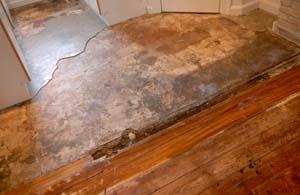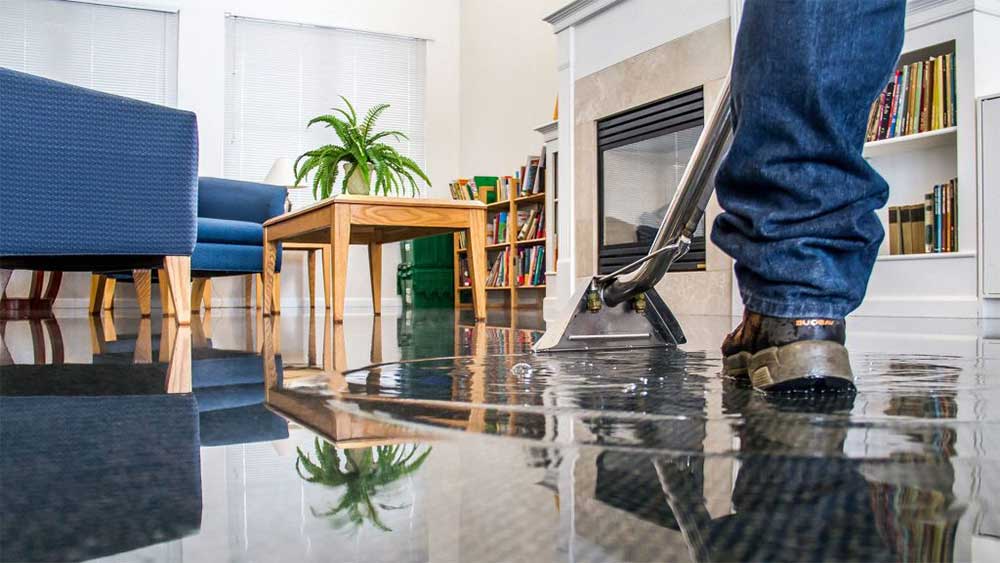How do you feel when it comes to Reducing Your Risk Of Water And Fire Damage At Home?

Water gives life, water breach on components where it's not expected to be can result in damage. If the water saturates into your structure, it can peel off away surfaces and deteriorate the foundation. Mold and mildew as well as mold also thrive in a damp setting, which can be unsafe for your health. Residences with water damages scent stuffy and also old.
Water can come from numerous sources such as hurricanes, floods, burst pipelines, leaks, as well as sewage system concerns. In case you experience water damages, it would be excellent to recognize some safety and security precautions. Below are a couple of guidelines on just how to take care of water damages.
Do Prioritize House Insurance Coverage Insurance Coverage
Water damages from flooding as a result of heavy winds is seasonal. You can additionally experience an abrupt flood when a damaged pipeline suddenly bursts right into your home. It would certainly be best to have residence insurance that covers both disasters such as all-natural calamities, and also emergencies like broken plumbing.
Don't Neglect to Switch Off Utilities
This reduces off power to your entire residence, protecting against electric shocks when water comes in as it is a conductor. Don't neglect to turn off the primary water line valve.
Do Stay Proactive and Heed Weather Condition Alerts
Listen to emptying cautions if you live near a lake, creek, or river . Doing so lowers prospective home damages.
Do Not Neglect the Roof
Prior to the weather turns terrible, make sure you have a roofing evaluation. In fact, it would certainly be prudent to receive this solution yearly as it can mitigate complicated issues. You can prevent rain damages if there are no openings and also leakages in your roof. Your roofing professional will additionally take care of malfunctioning rain gutters or any other signs of weakening. This will certainly avoid water from flowing down your wall surfaces and saturating your ceiling.
Do Take Notice Of Tiny Leakages
A burst pipeline doesn't take place over night. Usually, there are red flags that indicate you have deteriorated pipes in your house. You might discover gurgling paint, peeling off wallpaper, water touches, water stains, or trickling sounds behind the walls. Eventually, this pipeline will certainly burst. Preferably, you need to not wait for things to rise. Have your plumbing repaired before it leads to huge damages.
Don't Panic in Case of a Burst Pipe
Maintaining your presence of mind is important in a time of crisis. Due to the fact that it will suppress you from acting quick, stressing will only intensify the problem. When it comes to water damages, timing is key. The longer you wait, the more damage you can expect. Hence, if a pipeline bursts in your residence, quickly turned off your major water valve to cut off the resource. Unplug all electrical outlets in the area or turn off the circuit breaker for that part of the residence. Call a respectable water damages remediation expert for assistance.
Water gives life, water intrusion on parts where it's not expected to be can result in damages. Houses with water damages odor stuffy and also old.
Water damages from flood dues to hefty winds is seasonal. You might observe bubbling paint, peeling wallpaper, water streaks, water discolorations, or trickling noises behind the walls. When it comes to water damage, timing is vital.
Water Damage Do and Don'ts
Water damage at your home or commercial property is a serious problem. You will need assistance from a professional plumber and a water damage restoration agency to get things back in order. While you are waiting for help to arrive, however, there are some things you should do to make the situation better. Likewise, there are things you absolutely shoud not do because they will only make things worse.
DO these things to improve your situation
Get some ventilation going. Open up your doors, your windows, your cabinets – everything. Don’t let anything remain closed. Your aim here is to expose as much surface area to air as possible in order to quicken the drying out process. Use fans if you have them, but only if they’re plugged into a part of the house that’s not currently underwater.
Remove as much standing water as you can. Do this by using mops, sponges and clean white towels. However, it’s important that you don’t push or wipe the water. Simply use blotting motions to soak it up. Wiping or pushing could result in the water getting pushed deeper into your home or carpeting and increasing your problem.
Turn off the power to the soaked areas. You will want to remove the danger of electrocution from the water-logged area to do some cleaning and to help the plumber and the restoration agents do their work.
Move any furniture and belongings from the affected room to a safe and dry area. Taking your possessions to a dry place will make it easier to decide which need restoring and repair. It will also prevent your belongings from being exposed to further moisture.
DON’T do any of these things for any reason
Don’t use your vacuum cleaner to suck up the water. This will not only get you electrocuted, but will also severely damage your vacuum cleaner. Use manual means of water removal, like with mops and pails.
Don’t use newspaper to soak up the water. The ink they use for newsprint runs and transfers very easily, which could then stain carpet and tile with hard-to-remove stains.
Don’t disturb mold. This is especially true if you spot a severe growth. Leave the mold remediation efforts to the professionals. Attempting to clean it yourself could mean exposing yourself to the harmful health effects of mold. Worse, you could inadvertently spread it to other areas of the house.
Don’t turn on your HVAC system until given approval from the restoration agency. Turning your HVAC system on before everything has been cleaned could spread moisture and mold all over the house.
https://www.dreyersdki.com/about-us/blog/water-damage-do-and-donts

Do you enjoy more info about Preventing Fires and Water Damage In Your Home? Place feedback further down. We will be glad to hear your views about this write up. Hoping that you come back again in the future. Loved our piece? Please share it. Help someone else discover it. Thank-you for your time invested reading it.